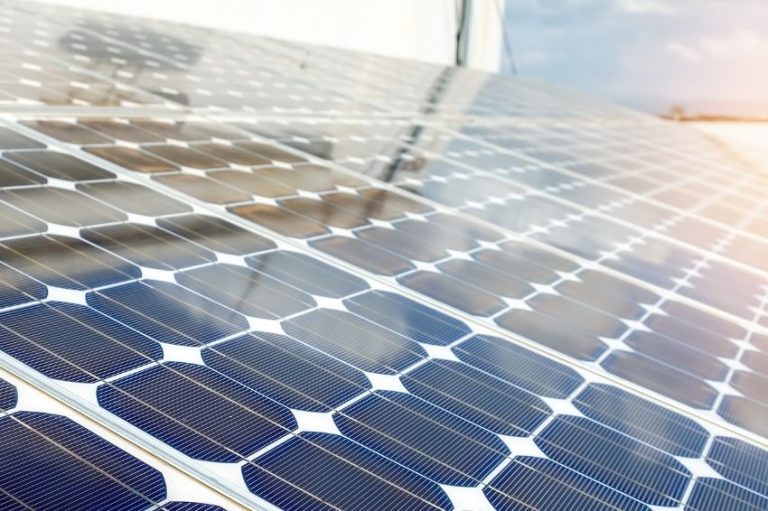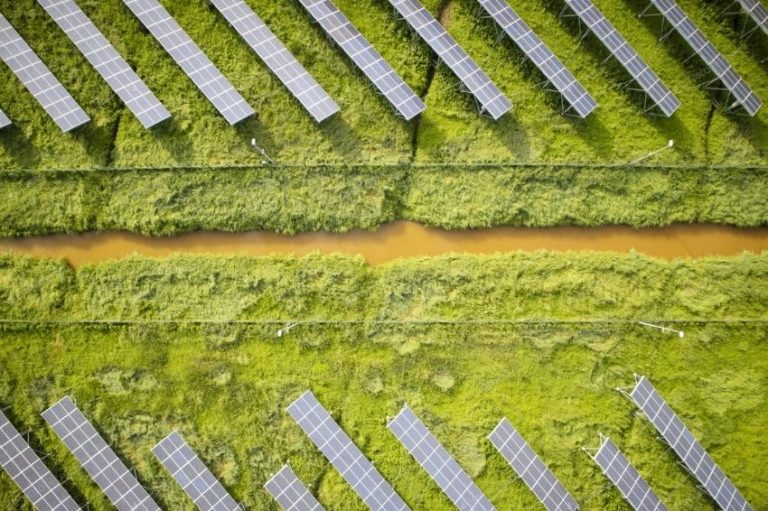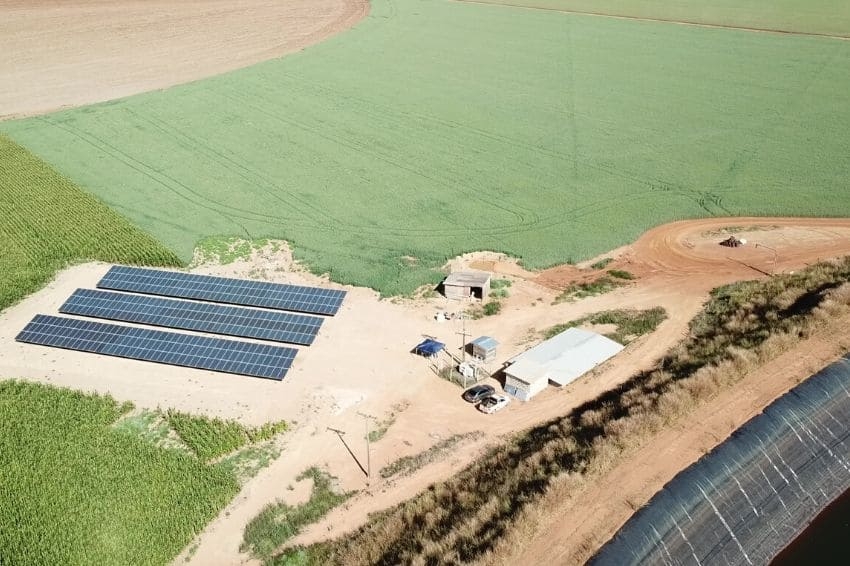Some of the most frequent questions in the market are about the requirements and procedures regarding the environmental licensing of photovoltaic plants and solar parks.
O Solar Channel spoke with engineer Kleber Alota, technical director of AK Solar Energy and specialist in solar plant project management, with extensive experience in implementing solar parks in Brazil, and also with biologist Marília Pinto, from Environmental Help.
Do I have to go through the environmental process (licensing) for every solar park (on the ground) that I am going to build or is there a limitation on the power to be generated by the solar plant?
Yes, for all land projects it is necessary to verify the need to conduct the project's environmental licensing procedure. The types of licensing or environmental authorizations depend on the power of the photovoltaic plant.
For smaller powers (up to around 1 MWp), theoretically we have simpler and faster environmental licensing processes that are often conducted at state agencies and/or the responsible municipal departments.
For larger parks (above 5 MWp), as they have a larger physical area, environmental involvement tends to have a broader impact, affecting not only the plant area, but also the connection line and stakeholders locations. The procedure is the same as for DG plants, but with broader involvement and more comprehensive conditions.
Which agency (municipal, state) needs to be consulted to initiate the environmental process?
The municipal body is often not the most competent for this type of activity. Normally, the state agency must be contacted and if the area has an interface between the (environmental) control region – state and federal – the process will most likely be carried out in both sectors.
Are there differences between the environmental processes that are coordinated by municipal, state and federal agencies?
Yes, normally the municipal body can only license projects with little polluting potential and small areas. Medium to large-sized enterprises (generation) are licensed by the state agency and sometimes, if this area is also involved with archaeological situations, indigenous or quilombola areas, there will also be a need to conduct the process at the federal agency.
In places where solar park licensing involves state and federal environmental agencies, what should I do? Should I proceed with the environmental process in both? Which is the most important?
No, the enterprise must be licensed by a body, preferably a state body. The federal body is a supervisory and regulatory agent, but depending on the existing “interface”, it will get involved and monitor the environmental licensing stages that will be defined by the state body.
Sometimes, when this involvement concerns archaeological, indigenous or quilombola issues or even involves other aspects that are monitored by federal bodies, they can open a process in parallel and also monitor the conditions and the state process, requiring reports, surveys and more precise and detailed studies to ensure compliance with the project's environmental conditions.
See too
Solar parks: a trend among large companies
Solar park credit management in GD
What are the first steps to be taken to verify the environmental impact of building solar parks? What type of documents are needed?
To predict possible impacts in that area, it is necessary to carry out environmental studies such as the Simplified Environmental Report (RAS) or the Environmental Impact Study and the Environmental Impact Report (EIA-RIMA). The total power of the enterprise and the area used will dictate what study is necessary to begin the environmental licensing process.
When I am carrying out a pre-project and initial information gathering for a possible location, which body (or secretariat) should I look for to obtain environmental information regarding the area I intend to use?
At the beginning of the project, or even when carrying out the pre-project stages, the ideal is to look for a state environmental agency, which will indicate the procedure to be carried out and the first steps to be taken.
Depending on the size of the park and the size of the city, sometimes this can be delegated to the municipality, where specialized departments will indicate how to proceed or even inform which body is responsible for managing this matter.
What is the estimated expenditure (financial value) for an environmental process of a 5 MW distributed generation plant, taking as an example an area with not much environmental impact? How long should I carry out this process?
Regarding the costs of a project, it is not possible to generalize or make budget forecasts, since each area and each region has its own particularities, making it difficult to forecast expenses, just with an assumption of a “fictitious” area or project.
However, experience tells us that DG projects installed in areas where we have no involvement with archaeological factors nor with indigenous or quilombola areas, we are able to conduct environmental licensing with around 0.5 ~ 1 % of the project's CAPEX.
In larger projects, this range can be a little higher, reaching up to 1.5% of the project, depending on the involvement of the plant area – and also the areas where the transmission line route will be located as well as its substation – with environmental issues that may have an impact on the project.
What is the estimated expenditure (financial value) for an environmental process of a 30 MW plant in centralized generation or even a 150 MW solar complex, taking as an example an area with not much environmental impact? How long should I carry out this process?
Only with the beginning of the environmental process and its first actions (conditions) can we have an idea of the costs involved in the process, as well as its duration, which are directly involved with the area or location where the project will be installed. .
Typically, larger projects or even solar complexes (power above 100 MWp), as they have larger areas, are more likely to have environmental interference with critical points (archaeological, indigenous, quilombola areas, etc.) and with this there will be more conditions and requests from the agency environment, whether state or federal.
Large tree plantings may be required (to compensate for the cutting of trees made to install the solar park), changes to the habitats of animals and plants, etc. and this generates a lot of work and additional costs.
Therefore, GC projects normally have, on average, costs involved with environmental licensing varying between 0.5 ~ 1.50 % of CAPEX, depending on the project's involvement in relation to the environmental factors with which it will interface.
To what extent can demands from environmental agencies be accepted? If we do not agree to any request/condition, what should we do? Who should we look for?
In-depth knowledge of current environmental legislation is necessary, in order to know the limits of each party, that is, environmental agency and applicant. If you do not agree with any conditions, you must write a technical opinion based on the legislation, exemplifying the reason for not agreeing with the request and forward it to the responsible body.
Note that the environmental agency is a fundamental 'stakeholder' for the project and a friendly relationship must be provided for both sides, aiming for the good of the project.
If the client has a large rural area (farm) and wants to implement a UFV in this area, does he need to carry out the entire environmental process even though the solar plant is within his property area? What is this process like?
Yes. For any type of interference that may be carried out in native vegetation or in rural areas, it is necessary to follow all protocols established by the environmental body responsible for licensing the area in order to obtain the request for alternative use of the soil of a given property.
This process is similar to that of an external area, that is, the responsible body (state) must be sought and in possession of the area/power to be installed, the standard procedure must be initiated aimed at licensing and environmental monitoring by the responsible body, as well as compliance with any conditions that may be imposed.
What are the environmental impacts typically found in a solar plant in Brazil?
Normally the biggest environmental impact is related to deforestation, that is, the removal of plants and trees – in most cases, native trees – for the implementation of the solar park.
This compensation can often be reduced with the use of the project's legal reserve area, but depending on the size of the devastated area, there will be a need to replant trees and seedlings, as well as work in the community (an important local stakeholder) and in local schools showing how important the plant will be for the region and how necessary it is for us to know how to protect and care for our environment.
Which professionals should be sought to prepare the Simplified Environmental Report (RAS) or the Environmental Impact Study and the Environmental Impact Report (EIA-RIMA)?
To carry out these studies, which are often prerequisites for starting environmental licensing work for the solar park, it is necessary to hire specialized companies and professionals (biologists, environmental engineers, etc.) who will be involved with the licensing process. environment from the collection and preparation of all necessary documentation to have the bureaucratic process properly controlled and conducted.
These professionals will also be involved with physical and protective actions that often need to be carried out in the field during the construction stages of the solar park, such as the implementation of various environmental programs with PRAD (Devasted Areas Recovery Program) and monitoring reports of fauna and flora.

















One Response
Great